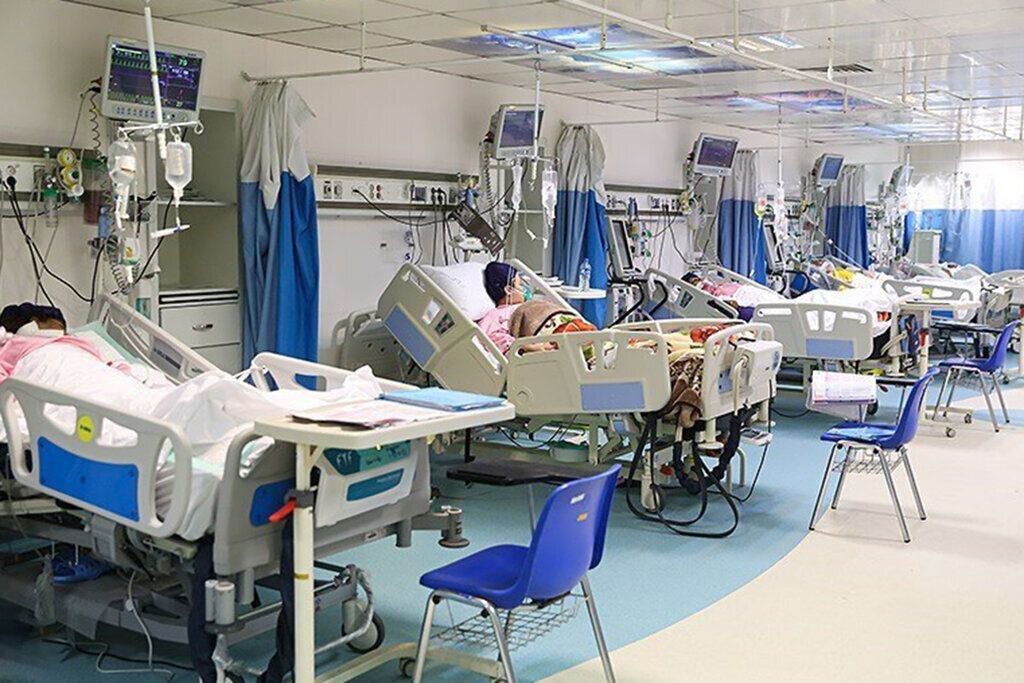TEHRAN – The administration approved 120 billion rials (approximately $144,000) to treat rare and difficult-to-treat diseases in the current Iranian year, which began on March 21.
Rare diseases are often described as specific health conditions that affect one person or the less impact of the general population in 2000 individuals. Currently, over 7,000 known rare diseases affect more than 300 million people worldwide, with 70% of these conditions beginning in childhood.
According to the World Health Organization (WHO), rare diseases are often complex and multiforming, affecting multiple organs, leading to comorbidities, many of these conditions are chronic and progressive, which can result in serious disability and premature death.
Due to the high cost of treatment, we have collaborated with the Ministry of Salamat Health Insurance and established the Rare Disease Foundation in partnership with the Ministry of Health. This covers rare and difficult-to-treat diseases to promote patient health equity and reduce patient out-of-pocket payments.
Officials made their remarks on Thursday during World Thalassemia Day.
Founded in Iran in March 2022, the foundation now covers 130 rare diseases. Once identified, patient information will be recorded and available to use the services provided by the Foundation. He noted that over 2.5 million patients have benefited from these services so far.
Cancer is the most expensive disease covered by the foundation. 70% of the funds are allocated to cancer-related drugs, officials added.
A recent report by the Rare Disease Foundation shows that a total of 456 rare diseases have been identified in the country. Because the incidence of rare diseases is very low, there is one or two people with a particular rare disease in the country. According to the Ministry of Health, diseases such as “butterfly skin or EB”, “spinal muscle atrophy (SMA),” “metabolic disease”, “autism”, “hemophilia”, “diabetics”, “hemophilia, diabetes, cancer, and immune deficiency diseases are among the rare diseases.
Thalassemia Day in the World
World Thalassemia Day, celebrated on May 8th, raises awareness of the disease. Thalassemia is a genetic blood disorder that interferes with the body’s ability to produce hemoglobin, resulting in a change in the degree of anemia, fatigue, and associated complications. The severity of the condition varies depending on the type of thalassemia, and professional care is important for effective treatment and management.
An estimated 100 million people around the world carry the genes that cause thalassemia, and more than 300,000 babies are born with severe illness each year, so the day is a call for awareness about the condition and its effects.
The day also aims to consolidate the community that supports patients and promote precautions to effectively combat the disease.
Currently, there are over 19,000 thalassemia patients in the country, 15,500 have been diagnosed with thalassemia majors, and 2,800 suffer from thalassemia intermedia, sickle cell disease and other hematologic disorders.
Every year, Thalassemia Day of the World is celebrated according to the theme. The theme for 2025 is “Together for Thalassemia: Community Unity, Patient Prioritization.” This topic requires a patient-centered approach. There, care encompasses overall happiness, dignity and empowerment beyond treatment.
mt/mg

